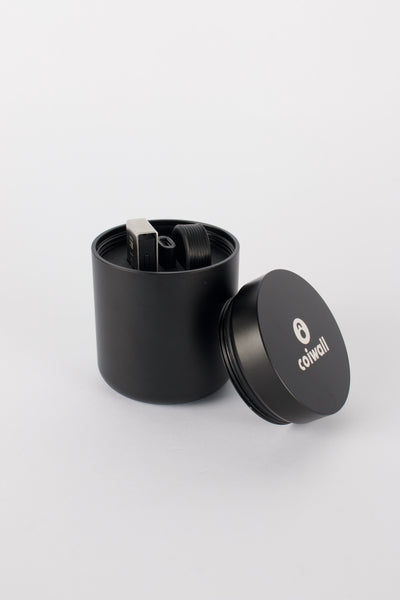In the rapidly growing world of cryptocurrency, safeguarding your assets is paramount. At the heart of this protection lies the hardware wallet recovery seed, a critical tool that ensures you can regain access to your funds in case of loss, theft, or device failure. This article explores how recovery seeds work, why they are essential, and best practices for keeping them safe.
What Is a Recovery Seed?
A recovery seed, sometimes called a seed phrase or mnemonic phrase, is a series of 12, 18, or 24 randomly generated words. When you set up a hardware wallet, the device generates this seed, which serves as a backup for your wallet. It is the cryptographic key to your private keys, enabling you to restore your wallet and access your funds on any compatible device.
For instance, if your hardware wallet is lost or damaged, you can use your recovery seed to set up a new wallet and regain access to your cryptocurrency. Without this seed, your funds could be permanently inaccessible.
How Do Recovery Seeds Work?
Recovery seeds are derived from the BIP-39 standard, a protocol used to create and manage private keys in a user-friendly way. When your wallet generates a seed, it uses it to mathematically produce private keys, which, in turn, control your crypto assets on the blockchain.
Think of the recovery seed as a master key. Each word in the sequence corresponds to a specific number, and the sequence as a whole generates the cryptographic keys for your wallet. The combination of simplicity (easy-to-write words) and robust cryptography ensures security while maintaining accessibility.
Best Practices for Safeguarding Your Recovery Seed
1. Write It Down (and Store It Securely)
The first rule of managing a recovery seed is to write it down on physical paper or another durable medium. Digital storage options, like screenshots or cloud notes, expose your seed to potential hacks. Once written, store the paper in a secure location, such as a safe or lockbox.
2. Avoid Sharing or Photographing the Seed
Your recovery seed must remain private. Sharing it with others or photographing it increases the risk of theft. A bad actor with access to your seed can duplicate your wallet and drain your funds.
3. Use Multiple Secure Locations
Consider creating duplicate copies of your recovery seed and storing them in different secure locations. This strategy ensures that even if one copy is lost or damaged, you have another backup. However, avoid creating too many copies, as this increases exposure risk.
4. Consider Metal Storage Solutions
For added durability, especially against fire or water damage, you can engrave your seed onto a metal plate using specialized recovery seed storage tools. These plates are resistant to physical threats, offering an extra layer of security.
5. Test Your Recovery Seed
Periodically test your recovery seed by using it to restore your wallet on a separate device (with no funds loaded). This ensures that you have written it down correctly and it works as intended.
6. Use a Password or Passphrase (Optional)
Some wallets allow you to enhance your seed’s security by adding a password or passphrase. This feature creates an additional layer of protection but requires careful management—forgetting this passphrase could make recovery impossible.
Common Mistakes to Avoid
1. Storing the Seed Online: Digital environments, including cloud storage, email, and note-taking apps, are susceptible to hacks and should be avoided.2. Leaving It Unsecured: Keeping your recovery seed in obvious places, like a desk drawer, exposes it to physical theft.
3. Neglecting Regular Checks: Ensure the seed is legible and accessible over time; ink can fade, and paper can deteriorate.
4. Overcomplicating Storage: Avoid overly complex methods that might confuse you or make recovery cumbersome in emergencies.
Conclusion
A recovery seed is your lifeline to your cryptocurrency assets. It provides the security and flexibility needed to recover your funds, even in dire circumstances. By understanding how recovery seeds work and following best practices for safeguarding them, you can ensure the long-term safety of your crypto investments.
Remember, your recovery seed is as vital as the funds it protects—treat it with care and vigilance.







